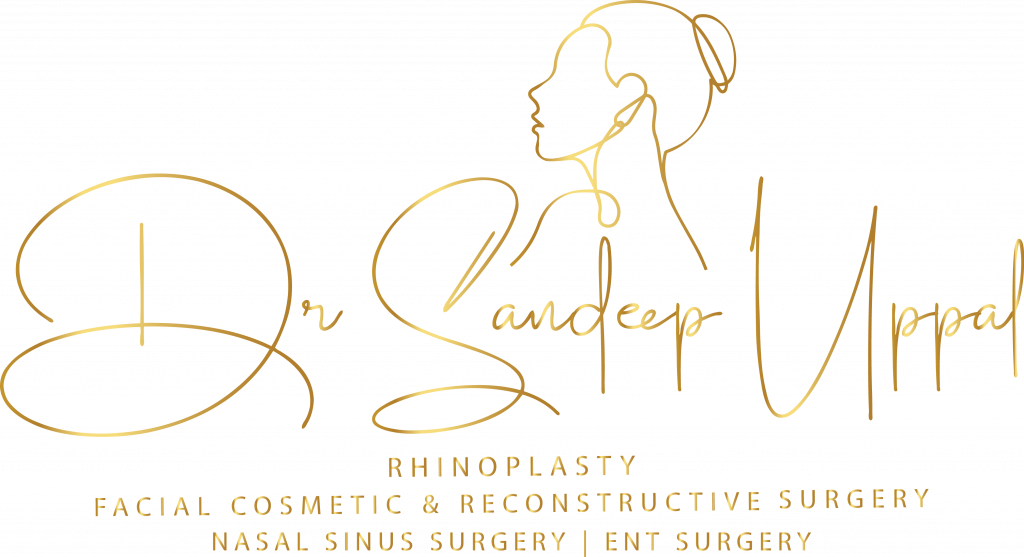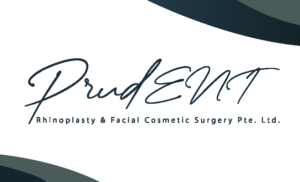NASAL FOREIGN BODY MANAGEMENT
TYPES OF NASAL FOREIGN BODIES
ORGANIC MATERIAL
Includes food particles, seeds, and plant matter. These are particularly concerning because they can swell and cause infection.
INORGANIC MATERIAL
Beads, small toys, paper, and plastic pieces often fall into this category.
METALLIC OBJECTS
Items like small screws, coins, and batteries. The latter are especially dangerous due to the risk of leakage and tissue damage.
SYMPTOMS
Patients, especially children, who have inserted a foreign object into their nose may exhibit:
NASAL DISCHARGE
Often one-sided and sometimes foul-smelling, especially if the foreign body has been present in the nose for a while.
NASAL OBSTRUCTION
Difficulty in breathing through the affected nostril.
PAIN AND DISCOMFORT
This varies depending on the size and nature of the object.
BLEEDING
Possible if the object has caused any internal abrasions.
DIAGNOSIS
PATIENT HISTORY
Upon arrival at the clinic, patients are promptly evaluated. In cases where the patient is unable or too young to explain, history from caregivers is invaluable. A history of sudden onset persistent cough, wheezing or shortness of breath in a young person may indicate aspiration of the foreign body and needs to be assessed immediately.
CLINICAL EXAMINATION
A thorough examination of the nose is carried out, usually employing an otoscope or nasal endoscope for precise visual assessment.
IMAGING
X-rays or CT scans may be advised for deeper or non-visible objects.
TREATMENT
IMMEDIATE REMOVAL
- For easily accessible objects, Dr Sandeep may use forceps or hooks for immediate extraction if the foreign material is present in the anterior nasal cavity and is easily accessible.
- Suction Devices: Useful for smaller objects that are difficult to grasp.
- Local Anaesthesia or Sedation: Administered to ensure patient comfort, especially in children or anxious patients.
SURGICAL REMOVAL
Reserved for complex cases where the object is deeply embedded or for batteries that pose immediate risk. Long standing foreign bodies form into a rhinolith that is more challenging to remove and this is usually done in an operating room under general anaesthesia.
ANTIBIOTIC TREATMENT
Sometimes necessary post-removal to prevent infection.
FOLLOW-UP APPOINTMENT
To ensure that the nasal cavity is healing properly.
SYMPTOM MONITORING
Parents are advised on what symptoms to watch for, such as signs of infection or discomfort.
PREVENTIVE EDUCATION
Dr Sandeep and his team often take this opportunity to educate caregivers and children on the dangers of inserting foreign objects into the nose.
UNBLOCK THE BARRIERS: EXPERT CARE FOR NASAL FOREIGN BODY
Struggling with the discomfort of a nasal foreign body?
At The ENT Clinic, Dr Sandeep Uppal and his specialized team prioritize a complete care approach tailored to the unique challenges of nasal foreign bodies. We are fully equipped to address the urgency and discomfort associated with such conditions, providing prompt and adept care.
Initiate your return to comfort. Secure your appointment with us and together, we’ll navigate towards restoring your nasal well-being!


